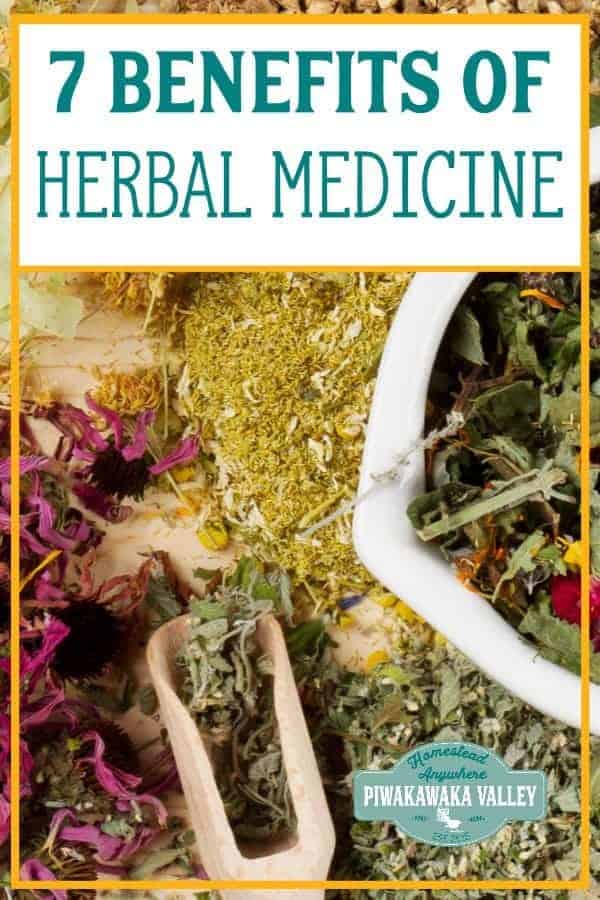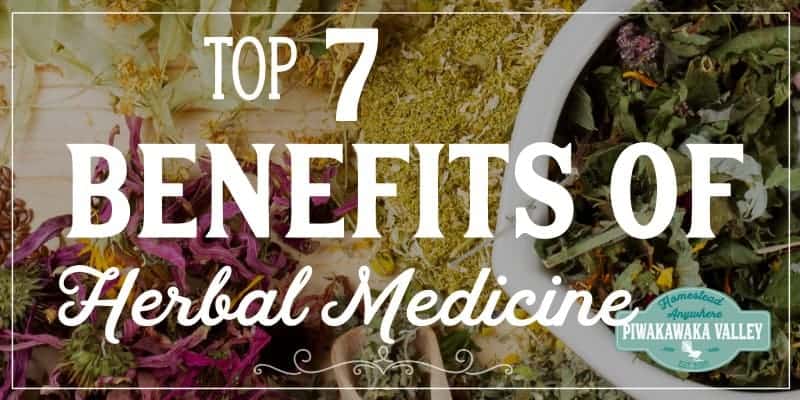Herbalife - The Facts
Herbalife - The Facts
Blog Article
See This Report on Herbalife
Table of ContentsAll About HerbalifeThe Single Strategy To Use For HerbalifeHerbalife Fundamentals ExplainedSome Of Herbalife

The overall industrial worth of the ethnobotanicals market can not be overlooked. For instance, in 1995, the overall turnover of nonprescription-bound natural medicines in pharmacies was equal to practically 30% of the overall turnover of nonprescription-bound medications in Germany, and in the USA, the yearly retail sales of organic items was approximated to be US$ 5.1 billion.
How Herbalife can Save You Time, Stress, and Money.
In China, the overall worth of herbal medication manufactured in 1995 reached 17.6 billion Chinese yuan (around US$ 2.5 billion; Eisenberg et al. 1998; THAT 2001). This trend has actually continued, and annual earnings in Western Europe got to US$ 5 billion in 2003-2004 (De Smet 2005). In China, sales of organic items completed US$ 14 billion in 2005, and revenue from organic medicines in Brazil was US$ 160 million in 2007 (World Health And Wellness Organization; http://www.who.int/topics/traditional_medicine/en/). In China, in 2003, standard organic medicines played a prominent function in the approach to include and treat serious acute respiratory disorder (SARS), and in Africa, a conventional organic medication, the Africa flower, has actually been utilized for years to treat throwing away signs related to HIV (De Smet 2005; Tilburt and Kaptchuk 2008).
Herbs and plants can be processed and can be taken in various methods and forms, and they include the whole herb, teas, syrup, important oils, lotions, salves, scrubs, pills, and tablets that include a ground or powdered form of a raw natural herb or its dried essence. Plants and herbs extract differ in the solvent used for extraction, temperature, and extraction time, and consist of alcoholic removes (casts), vinegars (acetic acid extracts), warm water essence (tisanes), long-lasting boiled remove, generally origins or bark (decoctions), and chilly mixture of plants (macerates).

Around 200 years earlier, the very first pharmacologically active pure compound, morphine, was produced from opium drawn out from seeds shells of the poppy Papaver somniferum. This discovery revealed that medicines from plants can be purified and carried out in exact does regardless of the source or age of the product (Rousseaux and Schachter 2003; Hartmann 2007).
Some Known Factual Statements About Herbalife
With this ongoing pattern, items from plants and all-natural sources (such as fungi and marine bacteria) or analogs influenced by them have contributed significantly to the business drug preparations today. Instances consist of prescription antibiotics (e.g., penicillin, erythromycin); the heart energizer digoxin from foxglove (Digitalis purpurea); salicylic acid, a precursor of pain killers, stemmed from willow bark (Salix spp.); reserpine, an antipsychotic and antihypertensive drug from Rauwolfia spp.; and antimalarials such as quinine from Cinchona bark and lipid-lowering representatives (e.g., lovastatin) from a fungi (Rishton 2008; Schmidt et al.
More than 60% of cancer rehabs on the market or in testing are based on natural items. Of 177 read medications accepted around the world for therapy of cancer, even more than 70% are based upon all-natural products or mimetics, most of which are enhanced with combinatorial chemistry. Cancer therapies from plants consist of paclitaxel, isolated from the Pacific yew tree; camptothecin, stemmed from the Chinese "happy tree" Camptotheca acuminata and used to prepare irinotecan and topotecan; and combretastatin, originated from the South African bush willow (Brower 2008.
In between 2005 and 2007, 13 medicines derived from natural items were accepted in the United States., last access: November 5, 2010).
The Herbalife PDFs
In the USA, the National Facility for Corresponding and Alternate Medicine at the National Institutes of Health and wellness invested roughly US$ 33 million on organic medicines in the 2005; in 2004, the National Canadian Institute committed virtually US$ 89 million for examining a variety of traditional therapies. While this scale of financial investment is low contrasted to the complete research study and development costs of the pharmaceutical industry, it nonetheless shows genuine public, sector, and governmental rate of interest around (Li and Vederas 2009). With remarkable development in the passion in and use of traditional medications worldwide, two major areas of problem occur that bring major difficulties.

Report this page